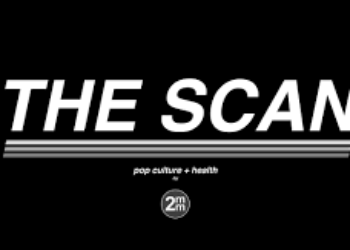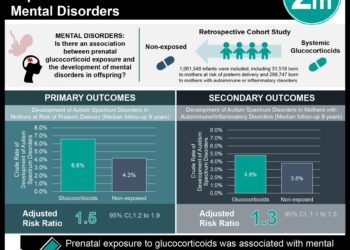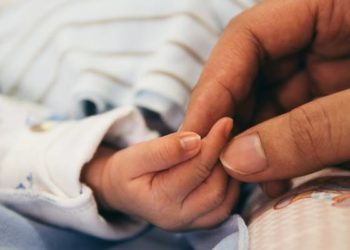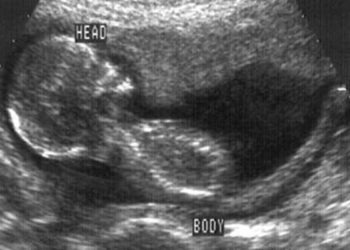Genetic factors account for half of complete risk of autism spectrum disorders
Image: PD
1. The risk of autism spectrum disorders has been linked to both environmental and genetic influences.
2. In this study cohort, genetic predisposition accounted for 50% of the risk of autism spectrum disorders.
Evidence Rating Level: 1 (Excellent)
Study Rundown: While approximately 1% of children born in the United States exhibit an autism spectrum disorder (ASD), the etiology of ASDs remains largely unknown. This study sought to calculate the heritability and relative recurrence risk of autism by calculating the probability of diagnosis in a sibling of a child with autism versus a sibling of a child without autism. The study differs from prior studies in that it uses a large sample that includes all births in Sweden from 1982 to 2006. It also utilizes more robust measures that account for potential biases based on intervals between sibling births and follow-up times. Based on monozygotic twin data, the heritability of ASD, as measured by the proportion of phenotypic variation due to genetic factors, was 50% with subsequent environmental factors influencing the remaining 50%. The heritability of autistic disorder was calculated to be 54%. These heritability percentages are considerably lower than those reported in previous monozygotic twin studies, while environmental factors are now more implicated than suggested by previous studies.
While parental socioeconomic status and education levels were not included in the analysis, accessibility to healthcare was not identified as a significant source of bias due to the nationwide availability of free healthcare coverage in Sweden. Thus, given the study’s large sample size and robust statistical measures that controlled for most of the identified factors influencing ASD, this new lower heritability estimate has important implications for familial risk assessment and counseling.
Click to read the study in JAMA
Click to read an accompanying editorial in JAMA
Relevant Reading: Genetic influences of infantile autism
In-Depth [retrospective cohort]: This study aimed to analyze the effect of both genetic and environmental factors on the relative recurrence risk (RRR) of ASD within families. The study population was inclusive of every birth in Sweden from 1982 to 2006. Participants, excluding single child families, were divided into pairs of monozygotic and dizygotic twins, full siblings, half siblings, and cousins in the population. The final sample included 2,642,064 full sibling pairs, 432,281 maternal half sibling pairs, 445,531 paternal half sibling pairs, and 37,570 twin pairs and 5,799,875 cousin pairs. Diagnosis of ASD had been made in 14,516 children, 39% of whom had autistic disorder. The RRR of ASD decreased with increasing degrees of genetic separation; for example, a RRR per 100,000 person-years of 153.0 (CI95%, 56.7-412.8) was calculated for monozygotic twins, 8.2 (CI95%, 3.7-18.1) for dizygotic twins, and 2.0 (CI95%, 1.8-2.2) for cousins. Heritability using tetrachoric correlations was calculated to be 0.50 (CI95%, 0.45-0.56) for ASD and 0.54 (CI95%, 0.44-0.64) for autistic disorder.
More from this author: Increased maternal BMI linked to higher fetal, neonate, and infant mortality, Tadalafil ineffective for erectile dysfunction following prostate radiotherapy, Age-adjusted D-dimer levels may rule out pulmonary embolism [ADJUST-PE trial], Warfarin beneficial in chronic kidney patients with atrial fibrillation, Radiofrequency catheter ablation effective as first-line therapy for atrial fibrillation [RAAFT-2 trial]
©2012-2014 2minutemedicine.com. All rights reserved. No works may be reproduced without expressed written consent from 2minutemedicine.com. Disclaimer: We present factual information directly from peer reviewed medical journals. No post should be construed as medical advice and is not intended as such by the authors, editors, staff or by 2minutemedicine.com. PLEASE SEE A HEALTHCARE PROVIDER IN YOUR AREA IF YOU SEEK MEDICAL ADVICE OF ANY SORT.







